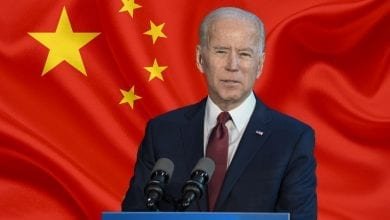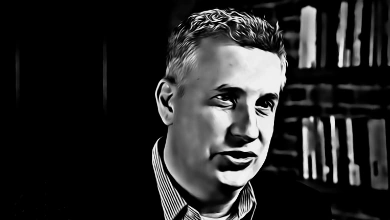The Solution to Inflation & Slow Growth Is Supply-Side Economics
The U.S. is currently experiencing an economic condition where both high inflation and little or no growth exist. Traditionally, these problems were solved by managing total demand. In 1981, economists realized demand management won’t solve both problems. Instead, the government considered supply-side economics. Once implemented, it worked perfectly.
In the 1970s the U.S. experienced a severe inflation problem that led to 14% inflation in 1980. To finally reduce the high inflation, the Federal Reserve pushed interest rates above 14% and slowed the growth of the money supply. That action did bring the inflation rate down considerably, but it also brought on a very severe recession.
President Reagan wanted to end the recession by growing the economy, but he didn’t want inflation to escalate. The traditional demand-side policies, increasing government spending or increasing the rate of growth of the money supply while reducing interest rates, wouldn’t work. That’s because an increase in demand will cause output to increase, but it would also put upward pressure on prices.
Economists who supported supply-side economics convinced President Reagan that the best solution to the problem was to take action that increased supply rather than trying to increase demand. Increases in supply mean more output is produced, which would grow the economy. Increases in supply would also put downward pressure on prices, thereby keeping inflation low.
It worked perfectly. By 1984, economic growth exceeded 7%. Inflation fell to less than 4%.
Because the Federal Reserve closely monitored the money supply, inflation remained low for the next 40 years. Even with some tax increases in the years that followed, economic growth was stable. Even during the recessions in 1991 and 2001, the downturn was mild, and the economy rebounded quickly with no increase in inflation.
President Trump convinced Congress to use supply-side theories in 2018. Growth did increase moderately and was set to accelerate in 2020 until the pandemic hit. The inflation rate was less than 2%.
Today, the U.S. faces problems similar to 1981 although not nearly as severe. In 2022 the inflation rate was 6.5%. Economic growth was negative in the first half of 2022, although mostly due to increases in government spending at the state level, growth was positive in the second half of 2022.
Today inflation is 4.9% and economic growth has slowed to 1% and will probably turn negative shortly. To resolve this economic dilemma, supply-side economics should be employed.
What exactly is supply-side economics?
The main objective is for the government to take action that encourages business to expand output. That is usually accomplished by reducing tax rates for all income earners, especially for those households where the tax cuts will result in an increase in capital formation. Since we have a capital-intensive economy and one with a labor shortage, increased capital will lead to increased growth.
Also, unnecessary regulations that slow growth should be eliminated. Some regulation by government is usually needed in many industries but that regulation must be held to a minimum. Business taxes should also be reduced, which creates more capital for business to invest.
These actions will encourage business to increase output which will reduce inflation and increase economic growth. Politically, however, these actions may be difficult.
Reducing taxes on high-income earners to create new capital will not be favorably viewed by much of the public. Many will note that this is just a “tax cut for the rich who don’t pay their fair share.” The truth is that the wealthy pay much more than their fair share and they create the vast majority of new capital.
The top 1% of income earners paid more than 42% of total federal income tax revenue in 2020, while the top 5% of income earners paid more than 62% of total federal income revenue. The wealthy already pay more than their fair share. Also note, nearly half of all households paid no federal income tax at all.
Let’s hope our elected officials look at history to see how well supply-side economics has worked in the past. Let’s hope they implement these policies in the very near future to ensure higher growth and lower inflation.
Agree/Disagree with the author(s)? Let them know in the comments below and be heard by 10’s of thousands of CDN readers each day!




